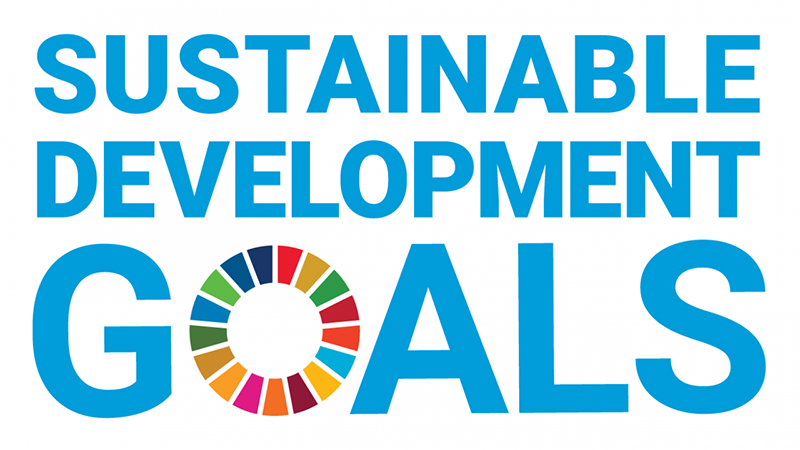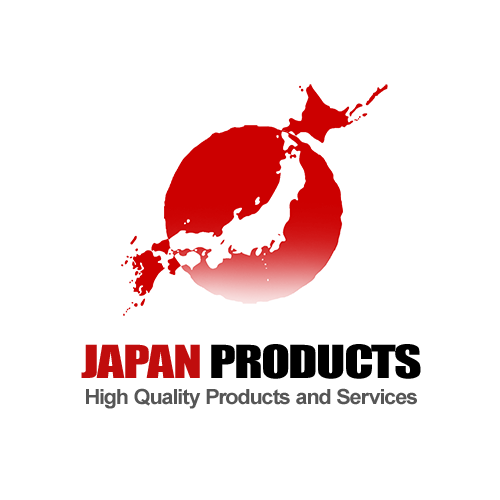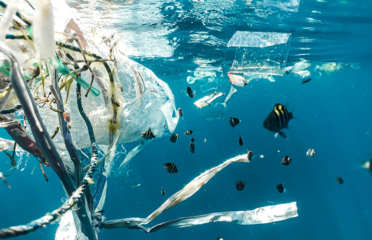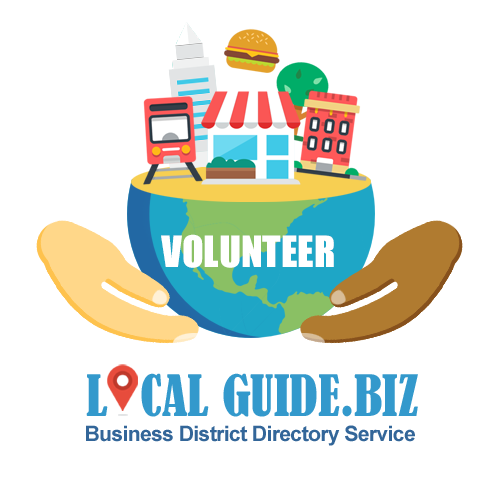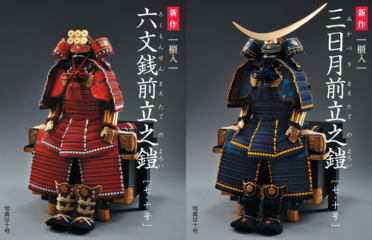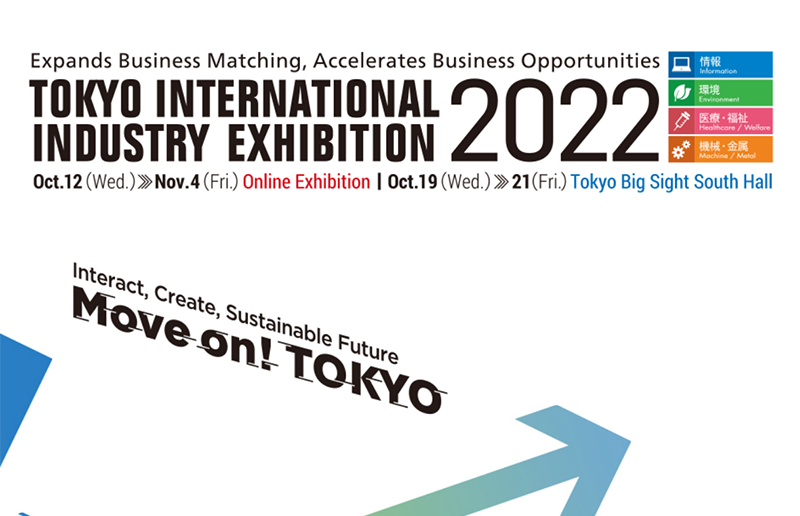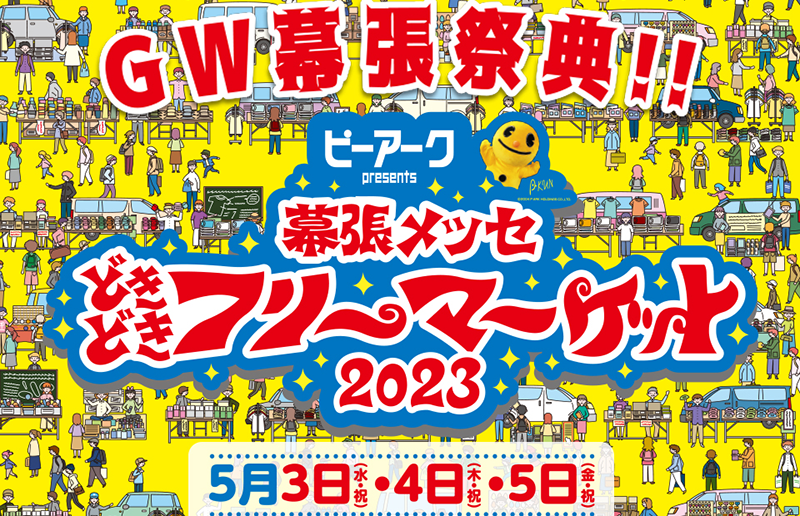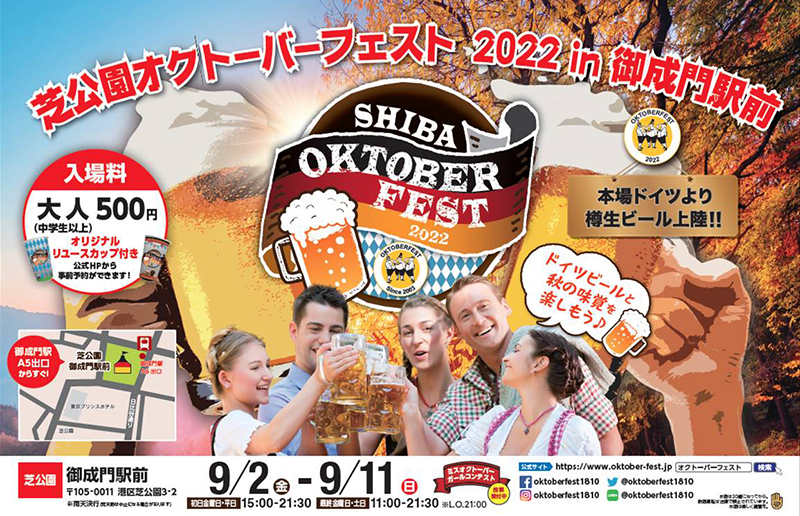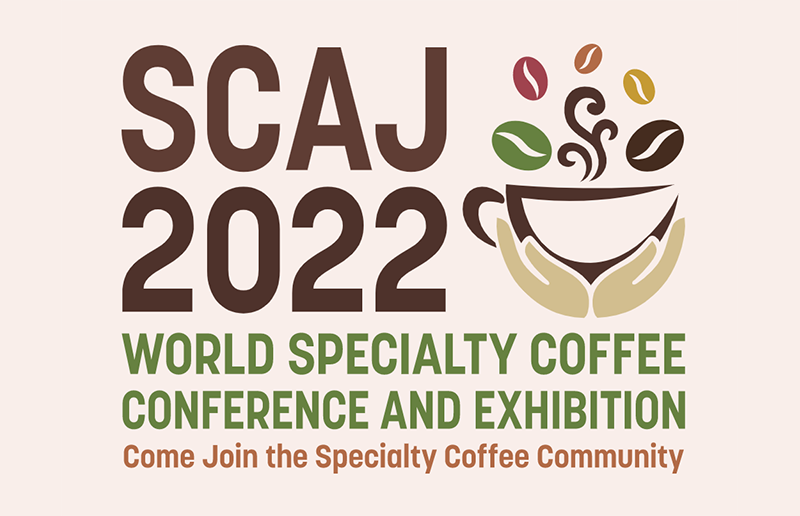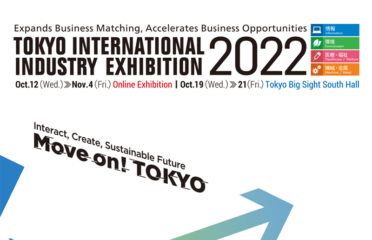
Saitama Prefecture Local Guide Biz
Saitama Prefecture Local Guide Biz is a website that introduces information about Saitama Prefecture in a directory format. This site provides information about restaurants, stores, companies, organizations, exhibitions events, famous sightseeing spots, demonstration experiments. It is an information site that supports the Saitama’s local community by providing information. This page has been translated with the help of volunteer Haruka. Now, we are looking for volunteers to work with us!
Saitama Prefecture, which celebrated its 150th anniversary in 2021, belong with the metropolitan area (Tokyo, Kanagawa, Saitama, Chiba, Ibaraki, Gunma, Tochigi, Yamanashi) and has a population of 7.35 million (2019), and it boasts the 5th largest population in Japan. Saitama’s GDP in fiscal 2019 was 22,739.4 billion yen in real terms, showing economic growth at an increase rate of + 0.5% compared to the previous fiscal year. The breakdown of the prefecture’s gross domestic product is that the manufacturing industry accounts for about 1/4 (22.7%), followed by the real estate industry (16.4%) and the wholesale / retail industry (10.7%), and these three industries are occupying half of the total production.
Saitama Prefecture boasts the third largest number of manufacturing establishments in Japan with 10,777 establishments (results of the 2019 Industrial Statistics Survey), and has strengths in such industrial clusters and advanced industrial fields where international competitiveness is expected. In addition, Saitama has an excellent access environment for the highly convenient railway network (228 stations, 8 operators, 24 lines) and transportation network (Ken-O Expressway, Gaikan Expressway, Kanetsu Expressway, Tohoku Expressway, Joban Expressway, Metropolitan Expressway) in the metropolitan area.
In terms of tourism (including business trips), the prefecture has the largest number of visitors (2019: 43.38 million), which ranks third among 47 prefectures as domestic destinations. The number of foreign visitors to Japan is also in the top 3 with 10.485 million (2019) in 3rd place out of 47 prefectures. Details of this data can be found here.
Contents Zone

To support SDGs activities of companies and organizations in Saitama Prefecture with SDGs partners!
Saitama Prefecture was selected as the “SDGs Future City” on May 21, 2021. In order for citizens of the prefecture, groups and companies to work on the SDGs, they have created the “Saitama SDGs” logo mark, and they are also working on the “Saitama Prefecture SDGs Partner“.
This partner program solicits partner registration from companies and organizations in the prefecture that are implementing SDGs initiatives, promotes concrete efforts to achieve SDGs, enhances the value of companies, etc., and strengthens their competitiveness. The purpose is to promote the “Saitama SDGs” promoted by the prefecture together.
According to the Saitama Prefecture Questionnaire Survey, 68.6% of the respondents said that they had a good impression of the companies and organizations working on the SDGs. Regarding the intention to use their products and services, 14.5% said they would like to use them positively and 52.2% said they would like to use them if they had the opportunity. In total, more than half 60% (66.7%) answered that they would like to use them.
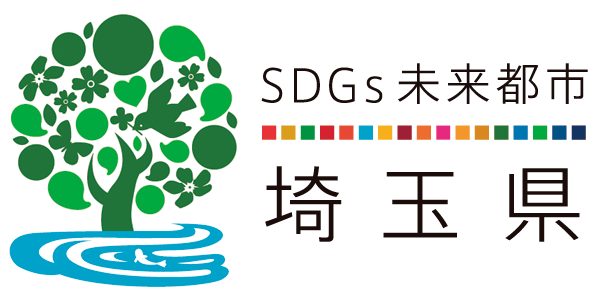
The logo design expresses the abundant water and greenery of Saitama Prefecture, and is designed so that the citizens of Saitama can feel familiar with it.
Municipalities selected as SDGs Future Cities in Saitama
Among the municipalities in Saitama Prefecture, Saitama City, Kasukabe City, and Saitama Prefecture have been selected as SDGs Future Cities. As of August 2021, no municipalities in the prefecture have been selected for the local government SDGs model project.
The SDGs Future City is a project started in 2018 by the Government of Japan to promote SDGs activities to local governments. From the cities and regions that are promoting efforts in line with the SDGs philosophy, regions and organizations with high potential for sustainable development in the three aspects of economy, society, and environment are selected.
Events related to SDGs and companies contributing to SDGs
Measures of Saitama Prefecture Environment Department
The Saitama Prefecture Environment Department is working to promote efforts for nine of the 17 goals of the SDGs, improve the sustainability of corporate management, and solve environmental problems.
If a company / organization that is engaged in SDGs meets the requirements of the prefecture, they have a system “Saitama Prefecture Environmental SDGs Initiative Declaration Company System” that introduces and supports information on the company / organization on the prefecture’s website.
Saitama Prefecture’s Growth and Infrastructure Industry Zone
In 2014, Saitama Prefecture started the “Advanced Industrial Manufacturing Project” that integrates cutting-edge research seeds from universities and research institutes with the excellent technology of companies to provide integrated support for practical application, commercialization, and entrepreneurs. Saitama Prefecture has positioned the five fields of “advanced materials,” “medical care, healthcare,” “robots, AI, IoT,” “new energy,” and “aviation, space, and mobility” as priority fields, and is supporting.
Okoshi Chu Mfg., Inc.
Over 100 craftsmen are involved in about 5,000 work processes to complete Tadayasu's armor
Manufacturing Events

Community development sustainably “Saitama version of Super City Project”
Looking ahead to the super-low birthrate and aging society, we aim to realize “Saitama Prefecture, the easiest place to live in Japan” by taking advantage of characteristics of each area in the prefecture and creating a sustainable community where each citizen can support each other and live their daily lives with minds of content, peace and comfortable.
The three elements to achieve that are 1) building an “attractive base” where necessary functions are concentrated and can relax; 2) realizing a “advanced mutual aid” through the use of new technology; 3) creating a “sustainable community” where everyone can continue to live with peace of mind. For more details about Saitama version of Super City Project.
Various demonstration tests related to Smart City are in progress in Saitama Prefecture
The Cabinet Office, Ministry of Internal Affairs and communications (MIC), Ministry of Economy, Trade and Industry (METI) and Ministry of Land, Infrastructure, Transport and Tourism (MLIT) had launched “Smart City Public-Private Partnership Platform” since 2019 to accelerate Smart City efforts through public-private partnerships. From Saitama Prefecture, the cities of Saitama, Kamogawa, Kumagaya, Chichibu, Iruma, Wako and the towns of Miyoshi and Moroyama are participating in the project, and various activities such as demonstration test related to Smart City are underway in each area.
Smart City Saitama Model in Saitama City
Saitama City, the most populous city in Saitama Prefecture (1.3 million people in 2020), has set up the “Smart City Saitama Model” and aims to improve the quality of life of citizens to a maximum extent by utilizing advanced technologies such as AI and IoT to provide livelihood support services that solve various social issues in order to make the Misono District, Saitamaʼs subcenter, a microcosm of ideal city.

Manufacturing companies that support the economy in Saitama Prefecture
There are approximately 24,000 business establishments in Saitama Prefecture, which is the fifth largest in Japan coming after Tokyo, Osaka, Aichi and Kanagawa. Among them, the manufacturing industry accounts for the highest percentage compared to the Greater Tokyo Area (Tokyo, Kanagawa, Chiba and Saitama) and the national average, and the number of manufacturing establishments is approximately 10,500, which ranks third in Japan after Osaka and Aichi and it leads to be called “Manufacturing Prefecture”.
Okoshi Chu Mfg., Inc.
Over 100 craftsmen are involved in about 5,000 work processes to complete Tadayasu's armor
The biggest business matching event in the prefecture, “Sai no Kuni business arena”
The “Sai no Kuni business arena”, a business matching event gathering products and services of small and medium-sized companies with excellent technologies, is held every year at Saitama Super Arena. The 2019 event was held over two days from January 30 (Wed.) to 31 (Thu.), with 17,192 visitors and 614 exhibiting companies and organizations, promoting superior technologies, products and services in a variety of industries. Click here for more details!
Saitama Cityʼs Approach to “Manufacturing companies”
Saitama City is home to a large number of manufacturing companies that assume a wide variety of basic technologies such as cutting, processing and plating that support Japanʼs manufacturing, and each has its own strength. Saitama City has drawn up the “Data Book of Manufacturing Companies in Saitama City”, which is consolidated the data of more than 100 such manufacturing enterprises, and has been addressing the support of local companies and industries. In addition, Saitama City has formulated “Saitama Medical Manufacturing Urban Concept” in 2012 to support the new entry and business expansion of R&D-oriented manufacturing companies packed with the city and the region into the medical equipment related field.

Actions to Make SAITAMA the Most Comfortable Place for Everyone
In July, 2022, Saitama prefecture announced a five-year plan to pursue multiculturalism. There are three main contents in this plan. The first one is to provide information in various languages and Japanese language learning support to promote a comfortable city to live in for everyone. The second one is to encourage foreign residents to participate in local communities more actively by reflecting their opinions on the prefectural policies. The third one is to realize mutual understanding and active cooperation between foreign residents and Japanese counterparts by spreading the use of “easy Japanese.” These three points are the basis to make Saitama a place where Japanese residents and foreign residents can lead the most comfortable life together in Japan.
Saitama also has taken some other actions to promote globalization and multiculturalism “From Saitama to the World” is a scholarship program to encourage young people to pursue their future with wider perspectives. “High School Admission Guidance” is conducted in multiple languages. “Saitama Information & Support” has provided services to foreign residents who are not fluent in Japanese. “International Fare” has been conducted to promote multiculturalism. These actions are related to SDGs such as “Quality Education(Goal 4),” Reduced Inequality(Goal 10),” or “Sustainable Cities and Communities(Goal 11).”
Saitama prefecture and 26 municipalities have sister/friendship relationships with 49 cities in 16 countries
Saitama has sister city relationships and other types of friendship with 49 cities and 16 countries. The prefecture itself has sister city relationships with the State of Mexico in Mexico, Shanxi Province in China, the State of Queensland in Australia, the State of Ohio in America and the State of Brandenburg in Germany. Saitma has a relationship with the states and a province in these five countries in a wide range of fields such as education, environment or medicine.
The State of Mexico in Mexico
The State of Mexico is located in the central part of Mexico. Most parts of the state are highlands with an altitude of over 2000 meters, which surround Mexico City, the capital city of the country. Main industries are agriculture, mining and manufacturing. It is also famous for corn and coffee cultivation, crop processing and stock farming. Heavy industry has developed rapidly, and car assembly, aluminum processing, ironmaking and steelmaking are conducted in the federal district and its neighboring regions.
State of Mexico is Saitama’s first sister city. When the prefectural governor visited Central and South America in July, 1978, the prefectural chairman in Mexico made an offer to start the sister city relationship. They had some common features such as being located next to the capital or having a rapidly increasing population. Because of these commonalities, they reached the agreement of a sister city relationship in October, 1979. About a current activity, an online exchange program was held among high school students in 2021.
Source: Visitmex
The State of Ohio in USA
The State of Ohio is located in the northeast of the American Midwest. The land area ranks 34th and the population ranks 7th out of the 50 states in the country. In the 2020 national census, the population of the state was 1.18 million, which showed the increase of 2.28% from the previous 2010 national census (1.154 million). The state of Ohio has the 7th largest economy in America. The GDP of the state includes 18.3% of manufacturing and 18.3% of financial business, and the state leads the country’s “green economy.” There are also more than 800 branches of Japanese companies in the state.
On October 22, 1990, Saitma prefecture started a sister city relationship with the State of Ohio. Since then, some exchange programs have been carried out. Saitama has invited ALTs from the state and has sent scholarship students to the universities in the state. There is also a program to exchange trainees among companies. The beginning of this relationship is when some corporate executives, including the prefectural governor, visited American Honda Motor Company in July, 1985. This event eventually led to the friendship such as mutual visit.
Source: Ohio. Find It Here.
The State of Queensland in Australia
The State of Queensland is located in northeastern Australia. It has the second largest land area out of the six states in the country. The population was 5.18 million in July, 2020. About half of the population live in Brisbane, the capital of Queensland. The main industries of the state are export business, mining industry, agriculture, tourism and education industry. Several millions of tourists come to Queensland to visit the Great Barrier Reef, a world famous largest coral reef, Cairns or Gold Coast. Because of that, tourism is an important tertiary industry in the state.
Saitama prefecture started a sister city relationship with Queensland on October 27th,1884. A group of administrative observers from Saitama visited Queensland in 1880, and that eventually led to the agreement of this relationship. After the agreement, they have carried out some exchange programs. Saitama has sent and accepted high school teachers, and it also has sent scholarship students to universities or high schools in Queensland. About a current activity, an online seminar was held in 2021.
Source: Queensland, Australia
Supporter / Sponsors




